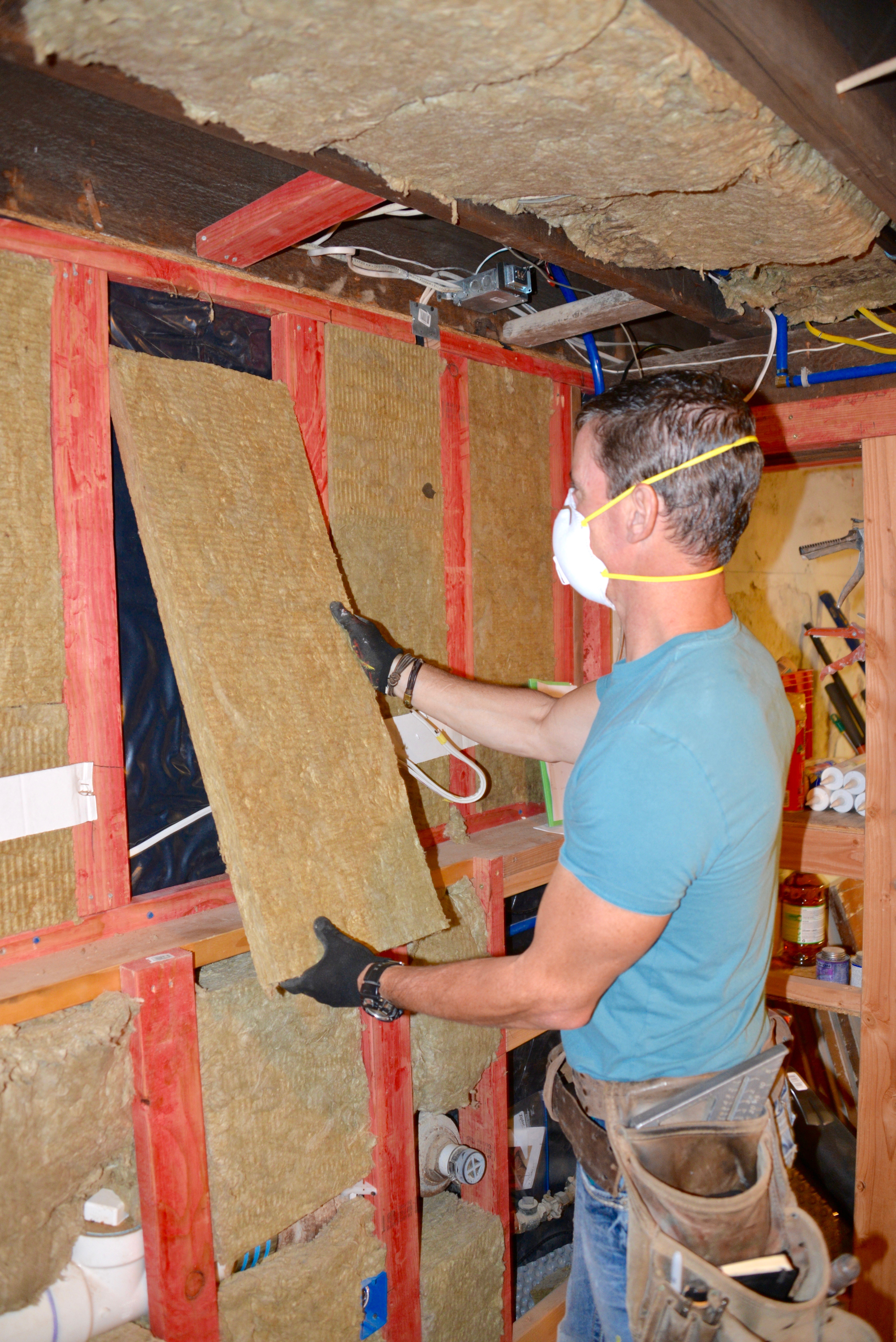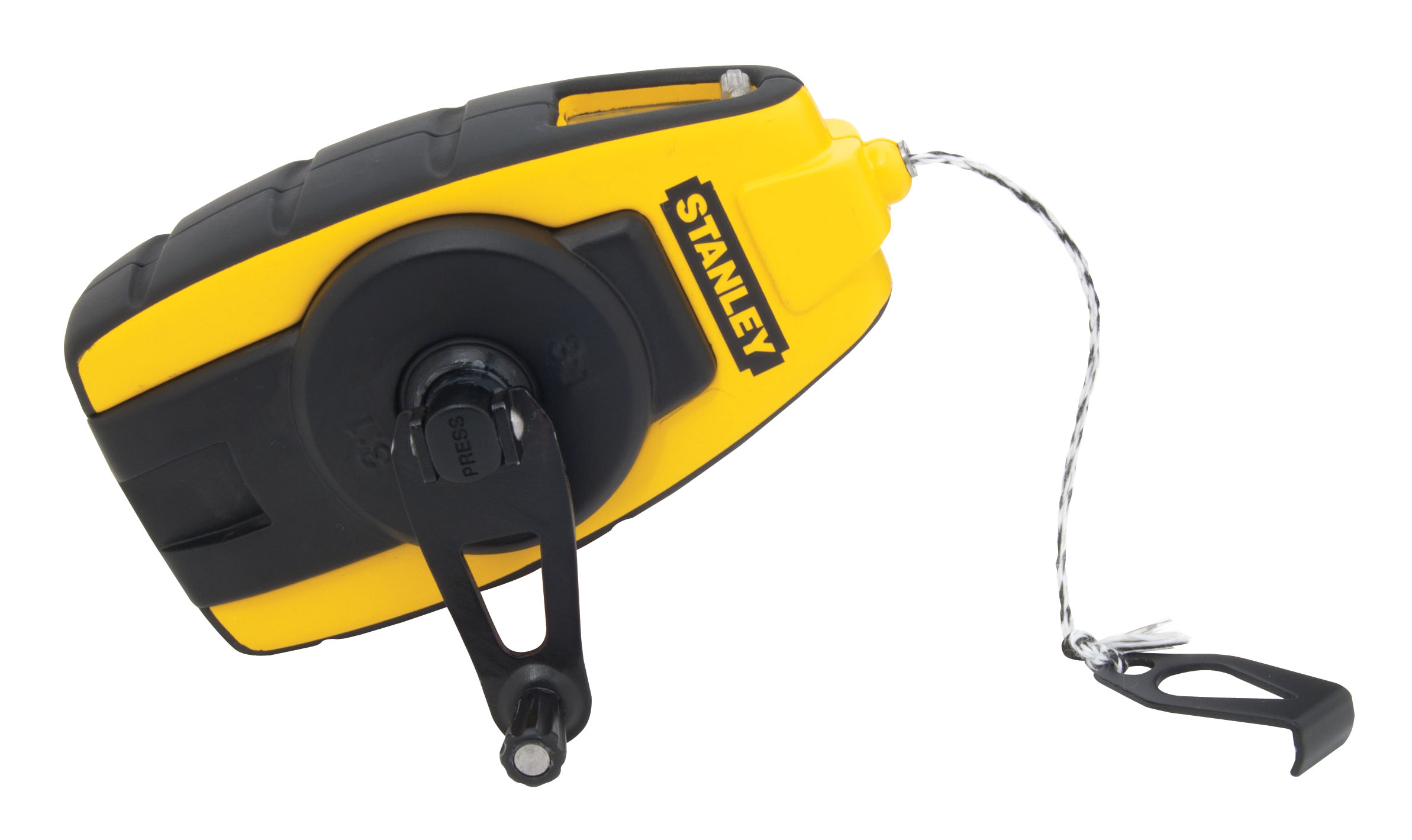As dependable as screws are for decking, about the last tool I’m going to leave in the shop is my framing nailer. Any deck project without a framing nailer on site is a slow-moving affair. This is even more true with porches, whose framing has a lot of the same elements as straight-up house framing.
When I reach for a framing nailer, I want lean and mean from handle to hitting power. The LPF33PT is a compact bulldog of a framer that works light and fast. It accepts paper-tape-collated nails in the 30- to 33-degree range and, according to Bostitch, is designed for durability. While I did not have the tool long enough to prove that out, Bostitch product managers told me that they exposed this tool to one particularly tough-on-tools contaminant — beach sand — during on-site testing of the tool’s internal air-filter feature.
Power
I used the LPF33PT to nail 2-by treated southern-pine framing and decking, as well as to fire into 1/2-inch OSB at framer speed on a roof and fasten SPF framing to a Parallam beam. The tool dispensed fasteners dependably across the board. When changing between softer and harder materials, the depth-of-drive adjustment at the nose of the tool worked seamlessly.
Feel and Balance
I’ve had plenty of large, clunky nailers that could shoot nails into anything. But on deck and porch sites, I find nailers get cornered into awkward locations — when toenailing joists or porch rafters to beams, for instance, or fastening blocking. The smaller the nailer is, the faster and more effectively I can hit production speed without wasting energy.
The LPF33PT is also great for the third-hand stuff we all do, like tacking up the ledger and band joist. It’s well-balanced, which makes having to hold both the tool and the work or doing repetitive tasks like nailing double and triple 2-by beams feel more like forward progress than a battle with a boat-anchor of a tool.
Features
The depth-of-drive at the nose of the tool worked well for switching between engineered and solid-sawn lumber. The belt hook is nice: there when you need it and out of the way when you don’t. The nose has aggressive teeth that I like for toenailing. For nailing off decking (yes, that’s still done on some low-budget jobs) there’s a no-mar rubber tip that secures sensibly to the tool.
Nails
The LPF33PT accepts paper-tape-collated nails. Paper tape has some advantages over the alternatives. With wire-collated nails, the wire shards can stain the decking. Plastic-collated nails shoot pieces of plastic all over the place (including into my face). Neither is a problem with paper-tape collation. Because the nails are more tightly packed, paper-tape nailers also hold more nails than a tool that shoots plastic-collated nails. The downside is that the paper isn’t much good if you leave it in the rain for a while.
The tool also accepted other manufacturers’ nails in the 30- to 33-degree range. That’s nice when you can’t source proprietary nails and for using up nails hanging around from other nailers. Because of its features and its compact size, this tool is a worthy upgrade from my current crop of framing tools. ?
Contributing editor Mark Clement builds decks in Ambler, Pa.




